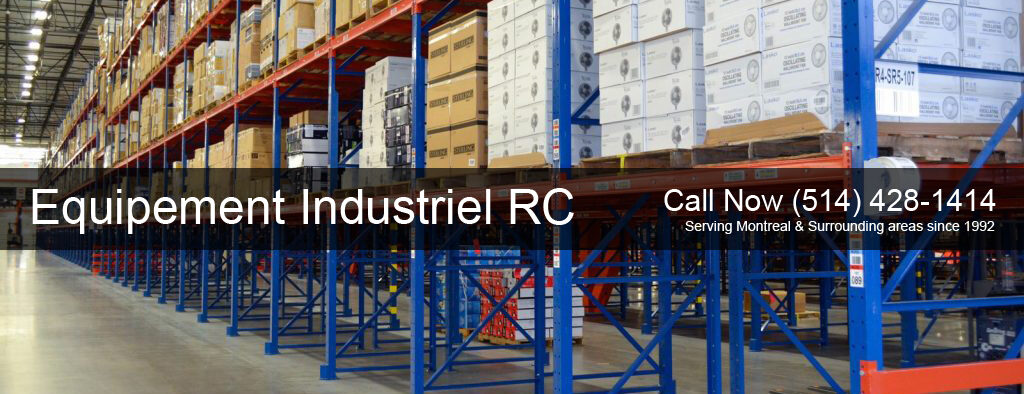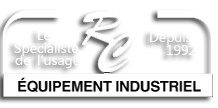
Maximizing Efficiency and Savings: The Benefits of Used Racking Systems
In the realm of warehousing and logistics, efficiency is king. Every square inch of space matters, and every dollar spent must be justified. For businesses seeking to optimize their storage solutions without breaking the bank, used racking systems present an attractive option. In this blog post, we’ll explore the benefits of used racking and why it’s a smart choice for savvy warehouse managers.
Understanding Used Racking Systems
Before delving into the advantages, let’s first clarify what used racking systems entail. Essentially, these are storage systems previously owned and utilized by another business but now available for resale. While the term “used” may initially raise concerns about quality and reliability, reputable suppliers thoroughly inspect and refurbish these systems to ensure they meet industry standards for safety and functionality.
Cost-Effectiveness: Maximizing Budgets
One of the most compelling reasons to opt for used racking is cost-effectiveness. Warehousing infrastructure can represent a significant investment for any business, particularly for startups or small to medium enterprises operating on tight budgets. By purchasing used racking, businesses can acquire high-quality storage solutions at a fraction of the cost of new systems.
Moreover, cost savings extend beyond the initial purchase. Used racking systems typically require shorter lead times for delivery and installation compared to new systems, allowing businesses to expedite their storage capacity expansion without prolonged downtime. This agility is invaluable in fast-paced industries where adaptability is key to staying competitive.
Sustainability: Reducing Environmental Impact
In an era where sustainability is at the forefront of corporate agendas, choosing used racking aligns with environmentally conscious practices. By giving these storage solutions a second life, businesses contribute to the circular economy by reducing waste and minimizing the demand for new manufacturing.
Additionally, the refurbishment process often involves recycling materials and components, further minimizing the environmental footprint associated with storage infrastructure. For businesses committed to sustainability goals, opting for used racking is a tangible way to demonstrate their dedication to environmental stewardship.
Flexibility and Customization: Tailored Solutions
Contrary to common misconceptions, used racking systems offer considerable flexibility and customization options. Warehouses come in all shapes and sizes, and no two businesses have identical storage needs. Fortunately, the market for used racking is diverse, with a wide range of configurations and accessories available to suit various storage requirements.
Whether businesses require selective pallet racking, drive-in racking, or cantilever racking, there’s a used solution to fit the bill. Furthermore, suppliers often provide installation services and expert guidance to ensure that the selected racking system is optimized for the specific layout and workflow of the warehouse.
Quality Assurance: Reliability and Safety
One understandable concern when purchasing used equipment is the assurance of quality and safety. However, reputable suppliers of used racking systems adhere to rigorous inspection and refurbishment processes to guarantee that the products meet industry standards and regulations.
Before resale, used racking undergoes thorough examinations to identify any structural weaknesses, corrosion, or signs of wear. Damaged components are repaired or replaced, and the entire system is reassembled to ensure structural integrity and stability. Additionally, suppliers may offer warranties or assurances to provide businesses with peace of mind regarding the reliability and safety of their investment.
Conclusion: A Pragmatic Approach to Storage Solutions
In the dynamic landscape of warehousing and logistics, optimizing storage space while minimizing costs is paramount. Used racking systems offer a pragmatic solution for businesses seeking to achieve these objectives without compromising on quality or safety. By embracing the benefits of cost-effectiveness, sustainability, flexibility, and quality assurance, businesses can harness the full potential of their storage infrastructure while making financially and environmentally responsible choices.
In summary, the decision to invest in used racking is not just about acquiring storage solutions; it’s about embracing a mindset of efficiency, sustainability, and adaptability in an ever-evolving marketplace. As businesses navigate the complexities of supply chains and operational demands, choosing used racking is a strategic move that yields long-term benefits for both the bottom line and the planet.
